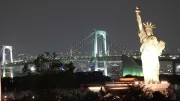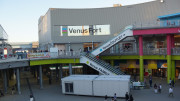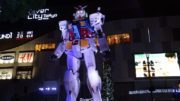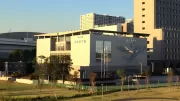Odaiba is a suburb that feels almost like a theme park. Developed since the mid-1980s, it is home to a variety of attractions, parks, and unique experiences that are well worth checking out.
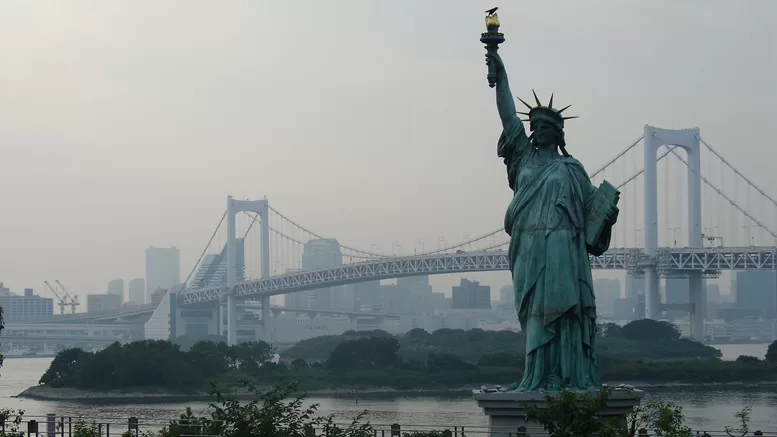
Odaiba is a suburb that feels almost like a theme park. Developed since the mid-1980s, it is home to a variety of attractions, parks, and unique experiences that are well worth checking out.
Panasonic Center Tokyo
The Panasonic Center is a showcase of cutting-edge technology from Matsushita (Panasonic), featuring the latest electronic gadgets, from cameras, TVs, and computers to home appliances. One of its more unusual attractions is a talking toilet that adjusts its height to suit the user and weighs them while in use.
The centre also houses RiSuPia, an interactive science and mathematics museum designed especially for children, and an esports gaming area where visitors can try out Panasonic’s latest gaming technology.
Odaiba Seaside Park (Odaiba Kaihin Kōen)
Odaiba is home to several parks, but Kaihin Park is one of the most scenic and relaxing. Located near the Rainbow Bridge, it features lush greenery and a man-made sandy beach, one of only two beaches in Tokyo.
While swimming is prohibited due to water pollution, the beach remains popular for walks and picnics. A stroll along the shore toward Odaiba’s replica Statue of Liberty offers stunning sunset views of Tokyo’s skyline and the Rainbow Bridge, making it a favourite spot for couples.
Telecom Center
The Telecom Center is an impressive twin-tower complex connected by a massive sky bridge. One of its highlights is an observation deck that offers breathtaking panoramic views of Tokyo Bay and the surrounding city.
On clear days, visitors can see Mount Fuji and much of the Greater Tokyo region, while on hazy days, the view of Tokyo Bay and Odaiba’s landmarks is still worth the visit.
Tokyo Water Science Museum
The Tokyo Water Science Museum is a hidden gem in Odaiba that offers an interactive and educational experience focused on the importance of water in daily life and Tokyo’s water supply system. Operated by the Tokyo Metropolitan Government Bureau of Waterworks, this free-entry museum is a great stop for families and science enthusiasts.
Oedo Onsen Monogatari
Oedo Onsen Monogatari is a hot spring theme park that opened in 2003, recreating the atmosphere of Edo-period Japan (1603–1868) with faithfully reproduced traditional buildings and shops.
The onsen (hot springs) are sourced from natural hot spring water nearly 1,400 metres underground. Visitors wear a traditional cotton kimono (yukata), with 18 different patterns to choose from. The park features multiple indoor and outdoor baths, foot baths, massage areas, and traditional Edo-style street food stalls.

